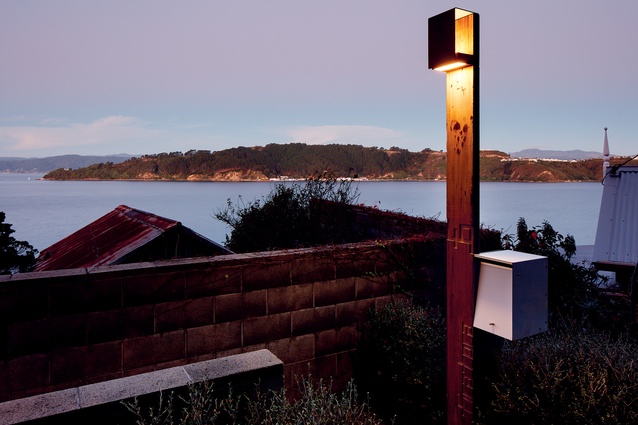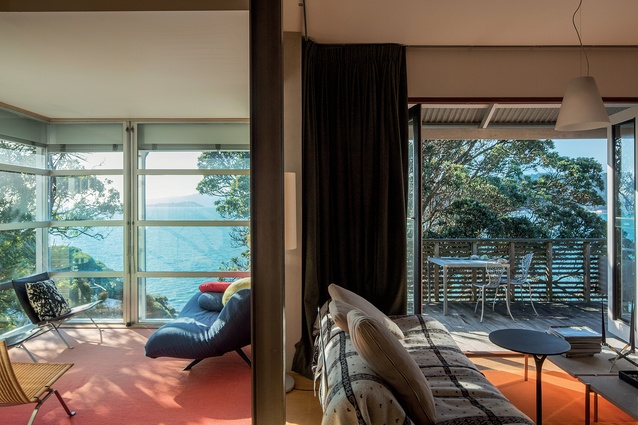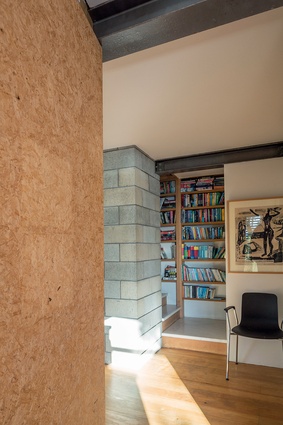Letterbox and lamp
Justine Harvey spoke with Gold Medal-winning architect Stuart Gardyne about one of his smallest-ever projects – a bespoke letterbox-and-lamp design for his own clifftop home in Wellington.
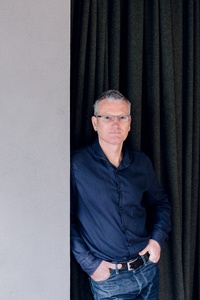
Gardyne’s practice, Architecture +, is typically associated with big public projects in Wellington like Te Wharewaka o Poneke-Te Raukura, Spark House and City Gallery. However, he has also designed a much smaller project that is dear to his heart and may, in fact, have taken even longer to design and build.
On a clifftop in Roseneath – east of Oriental Parade and north of Haitaitai – Gardyne’s own house is a renovation of an existing bungalow into a beautiful contemporary home with breathtaking ocean views. His design thoughtfully combines the old and new, such as the retention of a ramshackle corner of an old building that acts like a windbreak to protect an intimate courtyard.
Being situated on a Wellington clifftop, with the inevitable steep path that leads down to the front entrance of the house, it needed lighting and, also, there was the question of finding a suitable letterbox to match the architecture of the house. Gardyne’s solution was to design an integrated letterbox and lamp for the front of the section, with provision to add a hose tap for washing cars, and a straight lamp version was positioned halfway down the path.
The design was incubated for over eight years, explains Gardyne: “The reason it took so long is simply that other things got in the way, and there was a fundamental hold-up because I just couldn’t find an off-the-shelf light fitting that would suit my idea: that would provide the right quality and type of light, at the right scale and the right level of intensity. But after many attempts, I found one. Technology had changed in eight years to LED and so I discovered an off-the-shelf product that will last for maybe 25 years before I will even have to replace the lamp and, also, it works with the bespoke components that make up the pole.
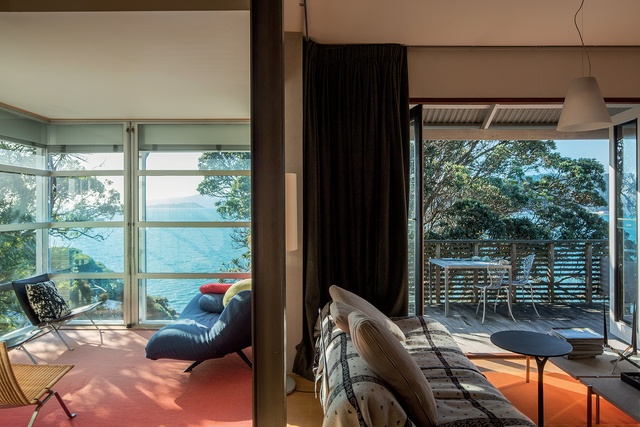
Most people would have bought something from a shop; however, Gardyne was keen to have a lamp that would work really well with the letterbox. “Like you do with any architecture, you want to place them in association with the building,” he states. “You want to create a bit of personality, which is inevitably why you want to do it yourself, and because you want it to reflect who you are.”
Gardyne was keen to design something which represented his architectural skills too and says, “it was probably cheaper than buying ‘something on a stick’, because often they can be thousands of dollars. I guess it shows my design skills, rather than just my ability to select good design by somebody else.”
Sited on a clifftop exposed to Wellington’s sometimes-harsh weather, the design needed materials that would stand up well over time. “It’s made from sandblasted aluminium, so it will be totally durable – it will practically last forever,” he says.
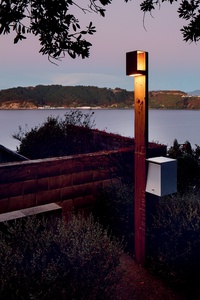
“In a way, it was an inexpensive and interesting metal to work with because I hadn’t worked with it before: it was folded or bent, rather than welded or bolted together. The aluminium was fabricated by a metal worker and, then screwed to the timber post, which is a found object; so, it has that objet trouvé sort of quality about it.”
The post is made from recycled totara floor joists that came out of an old building, and the number and name of Gardyne’s house was routed into the timber. “Again, it was a bit of an experiment to use router technology in that way,” he explains. “While it’s certainly not new technology, it was the first time I’d ever used it. And my daughter designed the typography as she’s an illustrator.”
This striking new creation completes the character of Gardyne’s home. So, do people notice it when they visit? “Some do, but I’m still in that honeymoon stage whereby I point it out to people if they don’t!”

